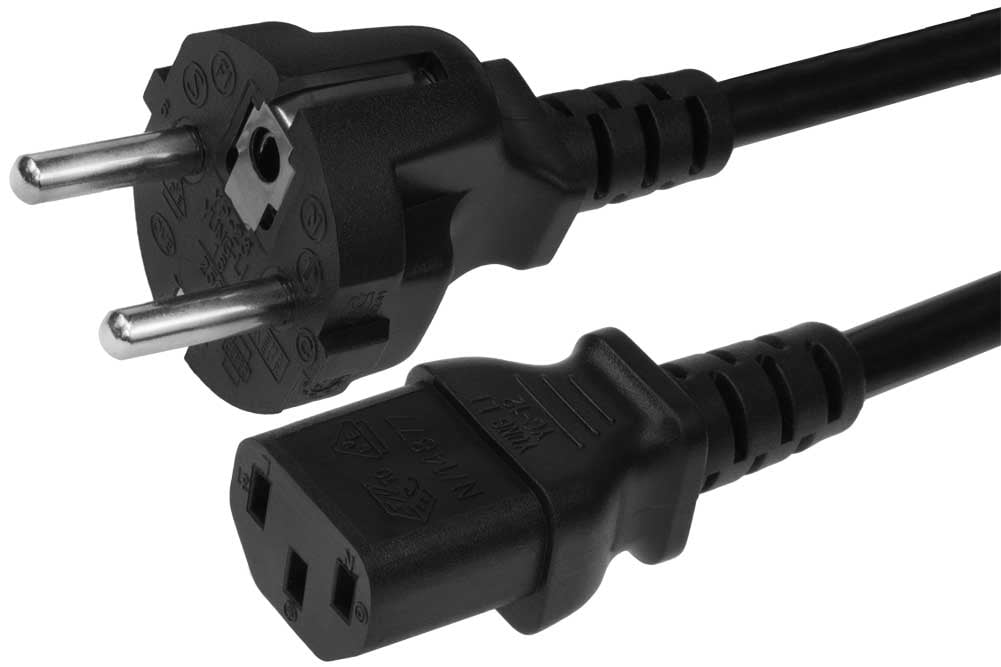
What a standard Korean power plug looks like. To be certain, make sure to refer to each individual device. Korea uses 60hz electricity but unless you are bringing appliances with you to Korea this is unlikely to impact you. To conclude this section, type C, F, and E plugs are supported in Korea.
#Power plug manual#
With that being said, it’s always worth referring to the manual or manufacturer’s website to be certain. Luckily, this won’t impact most travellers as AC power is typically only used for household appliances such as washing machines and fans.Ĭhargers for our electronic devices use DC instead and this means that even if they support 50hz they will likely work in Korean power outlets. However, the device may perform slightly differently if it relies on AC power. If you have a device that is only 50hz, it will likely work in a Korean power outlet. The voltage, 100-240 volts is also shown.

In this case, 50-60hz is supported meaning that it will work in Korean power plugs. On the bottom, the supported plug specifications can be found. If it says 50-60hz, or 60hz then you are almost good to go! Somewhere out of sight, usually in small text, the exact specifications of the device will be listed. To do this, look at the power brick (if the charger is for a laptop, iPad, or another large device) or the head. All countries in the world use 50-60hz power sockets and while the majority of modern-day power plugs are compatible in both sockets, you will want to double-check. Korea power plugs use a frequency of 60hz. With that being said, there are some caveats that you need to consider – more on that soon. If it has two circular pins located about 20mm apart, the device is likely compatible with a Korean power plug. The easiest way to identify if your cables will work in Korea is to look at the end of the cable. The big exception to this is Japan – if you are from Japan, you will need to purchase a Korean plug adapter. If you’re coming from Europe or Asia then it’s likely you will already have devices that are supported in Korea. The included diagrams (above) are the best way to differentiate between the power plugs that will work in Korea. If you’re unsure what exactly these designations mean, it’s quite easy to tell visually. The power sockets used in South Korea are type C and type F. If you’re already familiar with power plug types, you will know that they are identified by names such as type A and type B. However, not all devices will include these metal strips. Some plugs will also have two metal strips on opposite sides. Visually, these devices should have two circular pins located about 20mm apart.

Plug Types Supported: C, F (E is also compatible) TLDR? Here are the quick specifications of Korea’s power plug: Korea Power Plug FAQ Korea Power Plug Specifications Therefore, make sure that you are fully aware of the specifications of Korean power plugs before using your electrical devices in them. While many devices today are relatively universal, this can’t be said for all. If you’re looking for a travel adapter to purchase for your trip to Korea, I will also cover that in today’s post.Īlthough power plugs are deceivingly simple, there are some factors to keep in mind that many people overlook. In this article, I will introduce Korea’s power plug and discuss everything that you need to know before visiting the country. If you haven’t travelled before, this aspect may not even cross your mind! From my own experience, however, arriving in a country and not being able to charge your essential devices is incredibly frustrating. If you travel a lot, you’ll likely know that having a good power adapter is essential. While many things are universal in 2022, power plugs are not one of them. However, what about the former? What is Korea’s power plug? The latter is easy to sort out with a Korean SIM card.

That means ensuring that we always have sufficient battery and that we have an internet connection. With how much most of us rely on electronic devices these days, it’s essential that we are always able to use them.


 0 kommentar(er)
0 kommentar(er)
